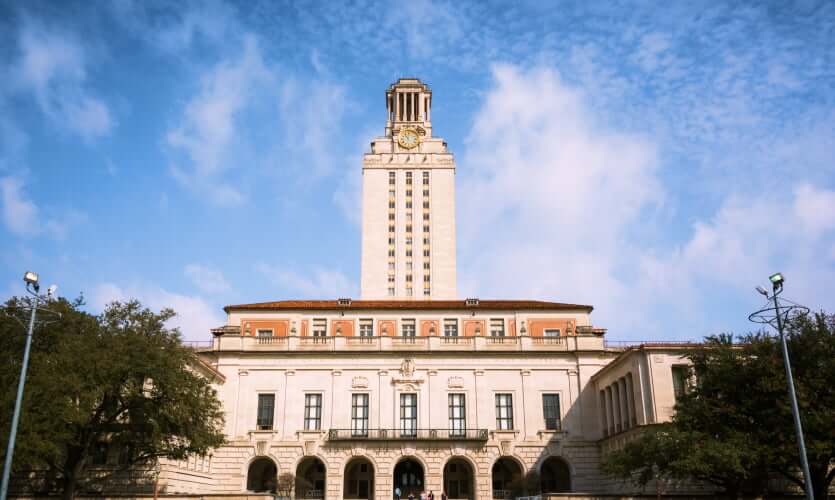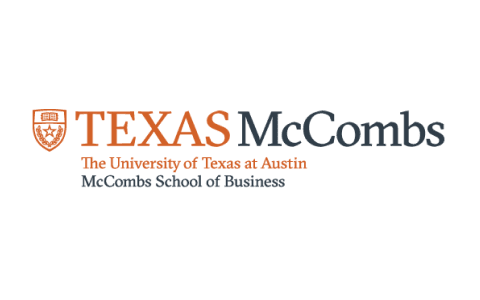Classification using Tree Based Models
Enroll in our free Classification using Tree Based Models course and gain a comprehensive understanding of tree-based models in machine learning. Learn about decision trees, random forests, and how to apply them to real-world.
What you learn in Classification using Tree Based Models ?
About this Free Certificate Course
Making Decisions and finding insights from raw data is essential in data science. Tree-based classifiers are widely used for this purpose. We have curated this course on tree-based classification models to understand the importance of tree-based models in machine learning. This will help you understand concepts such as decision trees, random forests and learn how to implement them using the R programming language.
Best universities across the globe, such as UT Austin, MIT, Northwestern University, NUS, and several other universities, have joined with Great Learning to provide learners with the top online data science courses. You will gain advanced data science and machine learning skills through an extensive curriculum designed by world-class professors. They provide you with a world-class education in data science, business analytics, and machine learning.
Explore more information about our courses and join right away so that you can become a professional data scientist, data analyst, or machine learning engineer.
Course Outline
Our course instructor

Mr. Bharani Akella
Data Scientist
With this course, you get
Free lifetime access
Learn anytime, anywhere
Completion Certificate
Stand out to your professional network
2.0 Hours
of self-paced video lectures
Frequently Asked Questions
How do you create a classification model using a decision tree?
The primary purpose of using a decision tree is to create a training model that predicts the class or the value of the target variable through learning simple decision rules deduced from the previous training data. To predict a class label for a record in a classification model using a decision tree, the programmer has to start from the root of the tree.
How do tree-based models work?
Tree-based classification uses a series of if-then statements to make predictions from one or more decision trees. The tree-based models can be used for regression to predict numerical values or for classification to predict categorical values. There are multiple algorithms to segregate a node into two or more sub-nodes. This sub-nodes creation increases the homogeneity of the resulting sub-nodes. To put it in simple words, the purity of the node increases with respect to the target variable.
What is a classification tree algorithm?
The classification tree represents a structural mapping of binary decisions leading to a decision with regards to the class or interpretation of an object like the pixel. It is commonly referred to as a decision tree, but it is more properly a kind of decision tree leading to categorical decisions.
What is the use of classification trees?
A classification tree is responsible for labelling, recording and assigning variables to discrete classes. It can provide a confidence measure to validate that the classification is correct. It is built through binary recursive partitioning. Tree-based models empower prediction with high accuracy, stability and ease of interpretation. They map nonlinear relationships, unlike the linear models.
What are classification trees in machine learning?
Decision trees in Machine Learning are a non-parametric supervised learning technique to work with classification and regression tasks. Classification trees are the tree models in which the target variables take discrete sets of values.
Success stories
Can Great Learning Academy courses help your career? Our learners tell us how.And thousands more such success stories..
Related Data Science Courses
Popular Upskilling Programs
Explore new and trending free online courses
Relevant Career Paths >
Other Data Science tutorials for you
Classification using Tree-Based Models is a method of machine learning used to predict a categorical response variable based on one or multiple predictor variables. It's a type of supervised learning where the algorithm is trained on a labeled dataset to make predictions on new, unseen data.
Tree-based models are considered important in machine learning because they can handle complex relationships between predictors and response variables. They can also handle categorical and continuous variables and missing values. In addition, tree-based models are easy to interpret, making them useful for gaining insights into the relationships between predictors and response variables.
An example of a tree-based model is a Decision Tree. In a decision tree, the model splits the data into smaller subgroups based on the values of the predictor variables, creating a tree-like structure. The final prediction is made by following the path down the tree based on the values of the predictor variables in the new data.
Taking up this free class on classification using tree-based models is beneficial for individuals interested in learning about machine learning and how to make predictions using tree-based models. The course provides a comprehensive overview of tree-based models, including decision trees, random forests, and gradient boosting.
By the end of the course, participants will have a solid understanding of how tree-based models work and how to use them in practice. Additionally, participants will be able to apply their newfound knowledge to real-world datasets, making them more equipped to work with data and build predictive models in their future careers.




















































